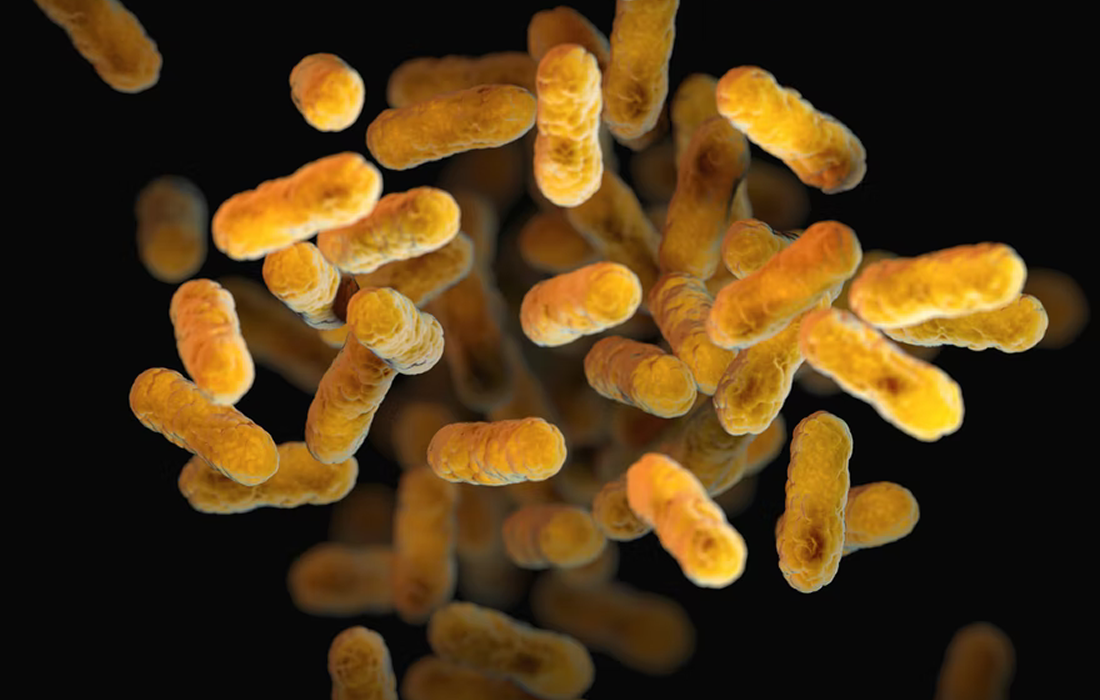Regenerative Medicine News and General Information
New Study Finds a Key Component to Effectively Treat Drug-Resistant Bacteria
Gram-negative bacteria construct their outer membrane with two main, non-protein components, lipids and sugars, which form an impermeable barrier. Researchers did not know how this lipopolysaccharide component comes together.
Researchers have now discovered how these bacteria, which can cause drug-resistant pneumonia, bloodstream infections, and surgical site infections in hospitalized patients, finish building this crucial component of their outer membrane that protects them from our immune system. The study appears in the journal Nature.
O-Antigen Ligase
By using single-particle cryo-electron microscopy, the researchers were able to determine the structures of the enzyme that links together these lipids and sugars, called an O-antigen ligase, in two different functional configurations.
This lipopolysaccharide is critical to the survival of gram-negative bacteria. If the assembly could be blocked, as penicillins do from gram-positive bacteria, then you would make the bacteria more sensitive to antibiotics, and it would make it easier for our immune system to attack it.
The researchers will focus their future studies on developing drugs that could inhibit the biosynthesis of this protective membrane.
Source:
Columbia University Irving Medical Center. “Key to success of drug-resistant bacteria.” ScienceDaily. ScienceDaily, 8 April 2022.
<www.sciencedaily.com/releases/2022/04/220408131754.htm>.
Image from:

